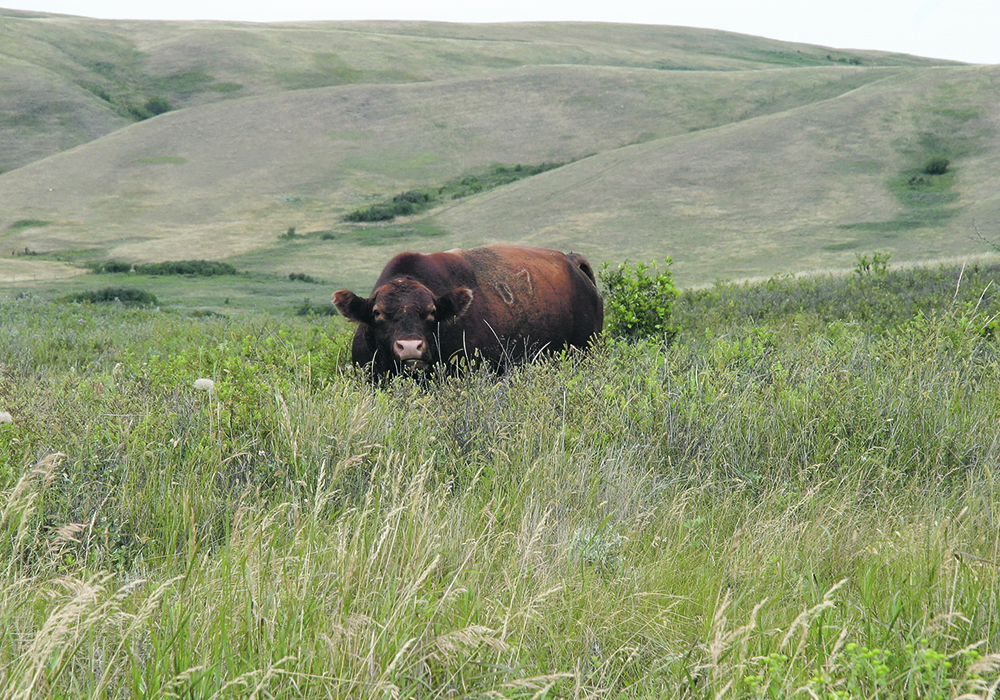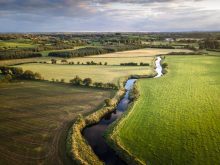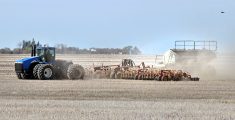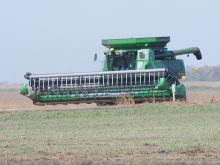The study’s authors conclude that survival of the endangered grassland ecosystem will require protection through policy
REGINA — Preventing farmers who break native grass from obtaining crop insurance for five years is one of nine pathways for policy discussion in a recent report.
The report, Stemming the Loss of Grasslands in Canada, A Scan of Policy Solutions, said grasslands represent Canada’s largest natural climate change mitigation opportunity, yet each year about 457,000 acres of native and tame grass are lost in the three Prairie provinces.
Read Also
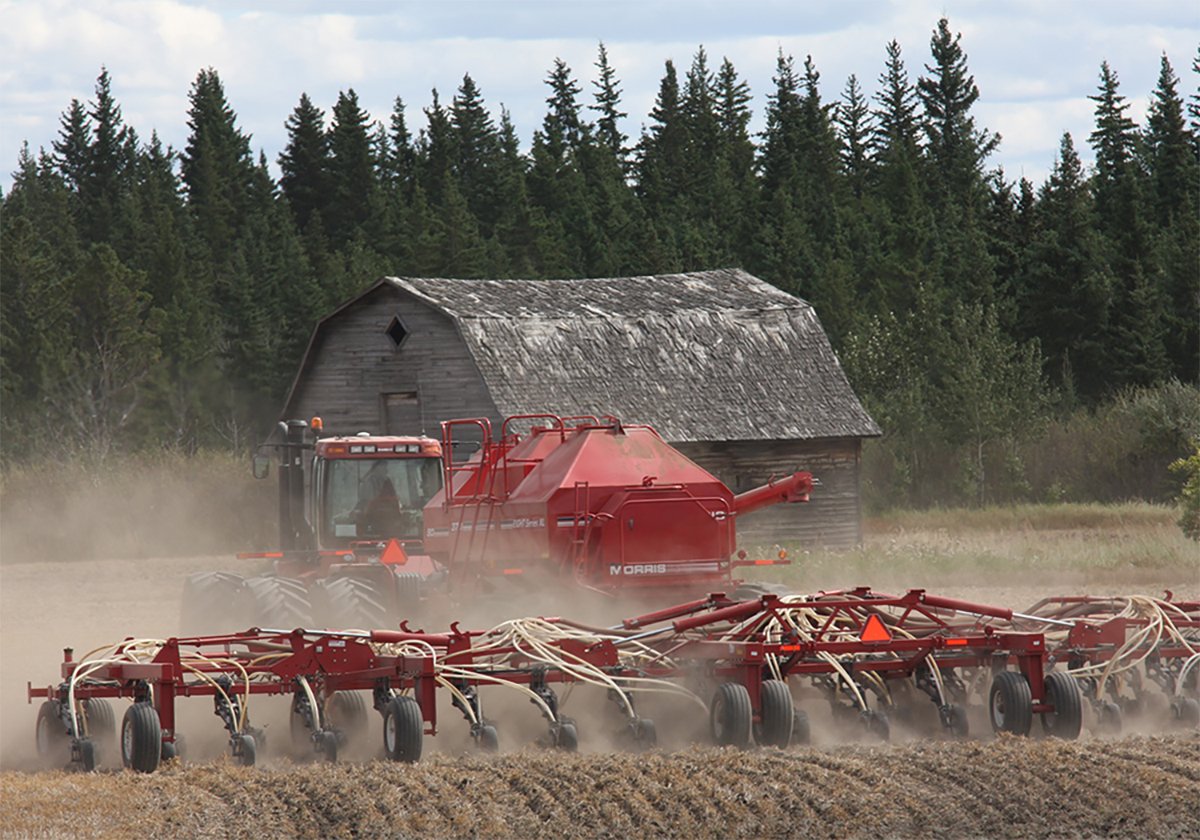
Seeding conditions look good for U.S. winter wheat crop
SASKATOON — Seeding conditions are near ideal in the hard red winter wheat growing region of the United States, says…
The report was undertaken by Birds Canada and the Central Grasslands Roadmap Initiative, a collaboration of more than 200 North American organizations including agricultural groups. It could serve as the basis for in-depth analysis of the options, including costs, barriers and implementation feasibility, the report said.
Maintaining grasslands as working landscapes is important for biodiversity and carbon sequestration, the report said. Prairie grasslands are home to more than 60 federally listed species at risk, and a 2019 report found grassland bird populations have dropped by 60 percent since 1970 for the steepest decline of any bird group.
Tammy ver Cauteren, executive director of Bird Conservancy of the Rockies, said the past has shown that efforts focused solely on birds won’t actually save birds.
“We’re starting to shift our thinking from protecting an individual species to conserve an entire landscape,” she said during a webinar to launch the report.
In the United States, people will push hard to include grassland conservation in the next farm bill, she said.
“We have a goal in the next 10 years of restoring, protecting and improving 100 million acres of grasslands.”
That will help stabilize bird populations and reverse declines in pollinators and other species.
Silke Nebel, vice-president of conservation and science at Birds Canada, said the main reason behind grassland loss is that ranching tends to generate lower revenue than cash crops. While she noted that protections such as Grasslands National Park are important, most grassland is privately owned.
Among the nine pathways was the possibility of denying crop insurance to anyone who breaks native grass for crop production.
Nebel said a similar provision exists in the U.S. farm bill. It’s called Sodsaver and is in place in South Dakota, Minnesota and other states in the prairie pothole region.
“Subsidized forage and pasture insurance products do exist but are not fully meeting the needs of ranchers because the payments are triggered too late and because payments are insufficient to cover the true costs,” the report said.
This leaves ranchers more vulnerable to operational risks.
The report suggests ecological goods and services should be included in land assessments to determine market value.
“As long as EG&S remain externalities, our current public policies, business risk management tools, land valuation and land tax mechanisms tend to benefit cropland and further broaden the business risk and revenue gaps between ranching and crop production,” said the report.
Nebel said higher market value of grasslands would make conversion less attractive.
Similar to the no-net-loss policy for wetlands in Manitoba and Alberta, the report said grasslands could benefit from that same policy. It suggests the same should apply when it comes to energy infrastructure on grasslands. There could even be a net gain approach.
“There is a precedent for this in England. Biodiversity net gain is becoming mandatory under a new act as of this summer, which obliges the developers to deliver a biodiversity net gain of 10 per cent,” Nebel said.
Canada’s clean fuel regulations are well intended but have negative consequences for grasslands by increasing the demand for corn, canola and soybean crops, she said.
“We suggest to introduce policies that encourage the use of agricultural waste instead of purpose-raised crops for biofuels,” she said.
The report also calls for reinstatement of the permanent cover program from about 30 years ago as a possible cost-effective way to restore grasslands. And it calls for carbon offset credits for grasslands kept intact and a delay in receiving certification if native grass is broken for organic crop production.
Finally, the report said incorporating suggestions in the document would help Canada meet its 2030 goals under the Kunming-Montreal Global Biodiversity Framework.


